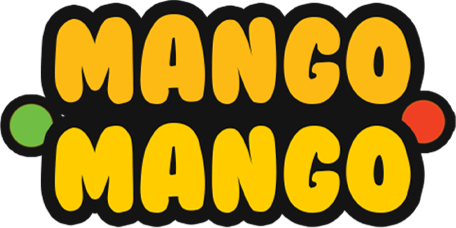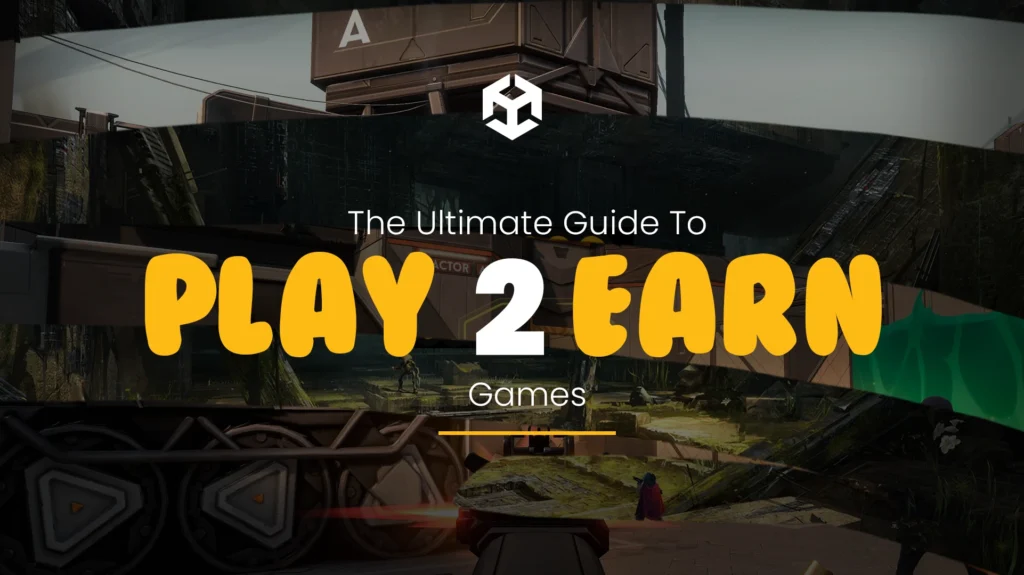Can you imagine being paid to do something you like: gaming?
That is not a dream or an idea in the future. It is already taking place globally. Congratulations to the era of Play 2 Earn games, because your time can be spent killing monsters, selling non-existent cards and contracts, and constructing the universe, with them being turned into real money.
Gaming was only a hobby for years. What you did to relax: play a game or hang out. But today? Players are earning crypto, gathering NFTs, and even carving out whole careers within games.
Play 2 Earn (or P2E) is not just another casual mobile app or intense PC strategy that you could engage in; it allows you to own, earn, and evolve, with every minute you play.
It is not only tech-savvy nerds or crypto bros who find profits. Play-to-earn in some cases became a lifeline in hard economic times, such as in the Philippines, Venezuela, and India. It is due to games that families have paid bills, supported education, and even come out of poverty.
The question then should be:
Why enjoy playing for free when you can play to earn?
What Are Play-to-Earn Games?
Play-to-Earn games (also known as P2E games) are video games that, simply by playing, allow a player to earn real rewards, typically in cryptocurrency or even NFTs. These rewards are real and can be exchanged/sold, or even be used to purchase real goods out of the game.
P2E games allow players to own what they achieve, as opposed to the hours they put into grinding, and the rewards they get remain bound to the game. It doesn’t matter whether it is a special sword, a cool appearance of your character, or digital money; it belongs to you rather than the company that created the game.
Put it to yourself this way:
- Old school gaming = fun and advancement
- P2E gaming = fun, progress, and real profits
Understanding the Play-to-Earn Model
What Is Play-to-Earn (P2E)?
Play-to-Earn is a business model based on blockchain technology that is related to gaming. End-users fulfil tasks, combats, and missions to obtain crypto or NFTs. These are assets that are saved in your crypto wallet, where you can sell them for real coins or sell them to other games.
Several P2E games implement a so-called token economy:
- There are tokens that you get to earn across the play.
- Those tokens can be used or sold out.
- As new people join the game and trade, the game increases.
Kind of like making a mini business out of gaming, where your time is valuable.
Origins of the Concept
Play-to-Earn did not come one day. Its origins date back to games such as World of Warcraft, in which people would sell gold or rare items on the form of black market. The problem? It was illegal and unsafe, and the game companies could kick you out.
P2E rectified that.
Thanks to blockchain, we have:
- Authenticated digital assets verified ownership
- Transparent transactions
- Actual markets of in-game stuff
Games like Axie Infinity put this idea into the limelight around 2020-2021, particularly at the period of the COVID-19 pandemic, where in countries such as the Philippines, players began earning full-time incomes from P2E games.
Play-to-Earn vs Traditional Gaming
Let’s just make it clear:
| Feature | Traditional Games | Play-to-Earn Games |
| Ownership | Game holds items | You have NFTs and tokens owned |
| Rewards | Mostly in-game only | Actual money or cryptocurrency |
| Control | Centralized | Decentralized (Web3) |
| Earning | No earning | Make money by playing. |
To put it pretty much, traditional games will cost you time and money, and P2E games will give you the money back.
Take your game concepts to the next stage with MangoMango, an experienced studio dealing with Play-to-Earn, 2D, 3D, and multiplayer games.
How do Play 2 Earn Games Work?
You play. You win. You earn.
But what is that behind the scenes? That said, let us unpack it.
GameFi and Blockchain Integration
GameFi (also Game Finance) is a combination of the words gaming and decentralized finance (DeFi). P2E games are constructed at the most basic level on a blockchain, such as Ethereum, Polygon, or Binance Smart Chain. It implies that all the things in the game, including you as a character and your items, are stored on a secure public ledger.
When you win a sword, a coin, or a token, it is yours. You can trade with it, sell or keep it as a treasure of your digital form.
NFT Assets and In-Game Currencies
As opposed to receiving items that remain trapped in the game, P2E games reward you with NFTs (non-fungible tokens). Such may be characters, weapons, skins, pets, or anything you come to acquire as you play.
NFTs are individual and can be sold on the market, OpenSea, or in-game markets.
In many games, there is a crypto token that is specific to the game (e.g., SLP in Axie Infinity) and serves as in-game currency. These can be obtained after doing certain tasks, completing battles, or farming through resources.
Role of Cryptocurrency in Gameplay
P2E games compensate you with actual crypto, not fantasy coins. These tokens can be exchanged with other cryptocurrencies or liquidated into fiat, either to gain the value of the market or to trade.
You might:
- Win tokens by completing an operation
- Spend it on gearing up with those tokens
- Plant them with hopes of greater rewards in the future
E.g., in Gods Unchained, the game grants you tokens denominated in $GODS, which you can sell or spend elsewhere to purchase new card packs.
Benefits of Play-to-Earn Games
Now that you understand how they work, here are the reasons why people love them.
Ownership and Asset Control
In P2E games, everything you earn is yours.
This is your cool sword? It is an NFT.
That unaffected skin? An NFT as well.
Not in a classic game, where as soon as the server is closed, you lose all your progress, here, your items are on the blockchain, they belong to you, forever.
Earning Potential
PTE games have enabled lots of gamers to earn real money.
- Others make between $5- $50 per day
- Other people resell rare NFTs into the hundreds
- Others establish a living as farmers and traders full-time
Your success is a function of:
- Time lost
- Game strategy
- Market demand
DeFi Features and Staking
In sophisticated P2E games, you may stake your tokens- this locks your tokens so that you receive income passively, just like interest in a bank.
And you can:
- Loan NFT to another player
- Be involved in yield farming
- Vote on proposals in a DAO (Decentralized Autonomous Organization)
These DeFi layers incorporate extra dimensions and new means to make money.
Community and Governance
Play-to-Earn is not really about earning, but it is about belonging.
A large number of games provide governance tokens that allow being voted by players to vote. That implies that not only developers determine the future of the game, but also the community.
In addition, P2E is social and collaborative as it has active Discord servers, guilds, and scholarship programs.
Can You Make Money Playing NFT Games?
It depends, yes. Predictable returns are available to some players, and others might not enjoy high profits. It is a question of game and market conditions, as well as the strategy to be adopted by the players to achieve success.
How do Players Earn?
In Play 2 Earn games, players acquire money in some of the following ways:
- Successfully finishing fights, quests, or daily finite tasks that give tokens
- The ability to sell NFT-based objects, characters, or assets on marketplaces
- Lending of money remotely in the form of tokens to earn interest
- Scholarship programs for renting NFTs
- Buying and selling in-game money at crypto exchange sites
Any game has its reward. Mechanics should be known by the players to earn maximally.
Real Earnings vs Expectations
Special periods on the market are the times when some players could receive hundreds of dollars per month. As an example, players of the game Axie Infinity in Southeast Asia earned up to 300 to 1000 dollars a month in 2021.
Nonetheless, token values are erratic. In case of decreased demand, profit decreases. Games that need high capex investment to break even can take many months. The new participants must have realistic expectations and conduct good research.
Free vs Paid P2E Games
| Type | Description | Examples |
| Free | No front-end finance. The incomes would be sluggish or scarce | Skyweaver, Gods Unchained |
| Paid | Has an entry point of buying tokens or NFTs. Greater earning power | Axie Infinity, The Sandbox |
The beginners should use free games. Paid games are less risky, with an opportunity for greater reward.
How to Get Started with Play-to-Earn Games?
It takes minimal setup and security consciousness to enter the Play 2 Earn arena.
Wallet Setup
The initial one is to make a crypto wallet. It is a place where you store your assets and link to the game.
Well-known wallets are:
- MetaMask
- Trust Wallet
- Phantom (Solana games)
Once you have set it up, keep your seed phrase safe. This is needed to retrieve your wallet. One should never share it with anyone.
Game Selection
Select a game depending on interests, financial situation, and tolerance to risk. Games with active active user base, a working economy, and an obvious roadmap.
Employ such tools as:
- DappRadar
- CoinMarketCap
- Written reviews or YouTube
So you can learn the basics at least by playing low-risk or free games.
Earning Methods
Typical methods of earning are:
- Bringing in-game tasks to completion
- Selling NFTs
- Referring to other players
- Tournaments participation
- Staking/ farming tokens
The revenue is based on the game economy, token utility, and market demand.
Staying Safe
It is a must to have cybersecurity. These are the best practices to follow:
- Appropriate official game websites or reputable marketplaces should be used
- Do not post your seed phrases or keys
- Incident spotting posted scams and phishing. Don’t be fooled by scammers and phishers
- Have your gadgets and wallets up-to-date
- Undertake research games before investing dollars or hours
Suggested Read: https://mangomango.io/unity-vs-unreal-which-game-engine-is-best-for-beginners/
Top 10 Most Popular Play-to-Earn Games (2025)
The following are the top 10 most popular play-to-earn games.
Axie Infinity
One of the first, most popular play-to-earn games is Axie Infinity. Users encounter and gather fantasy creatures termed Axies in turn-based battles. Each Axie is a non-fungible token that can be sold, traded, or bred to make a profit. The game involves two tokens, SLP and AXS, that can be obtained during the game. Axie Infinity was in demand because it had a robust economy, and it brought income to developing nations.
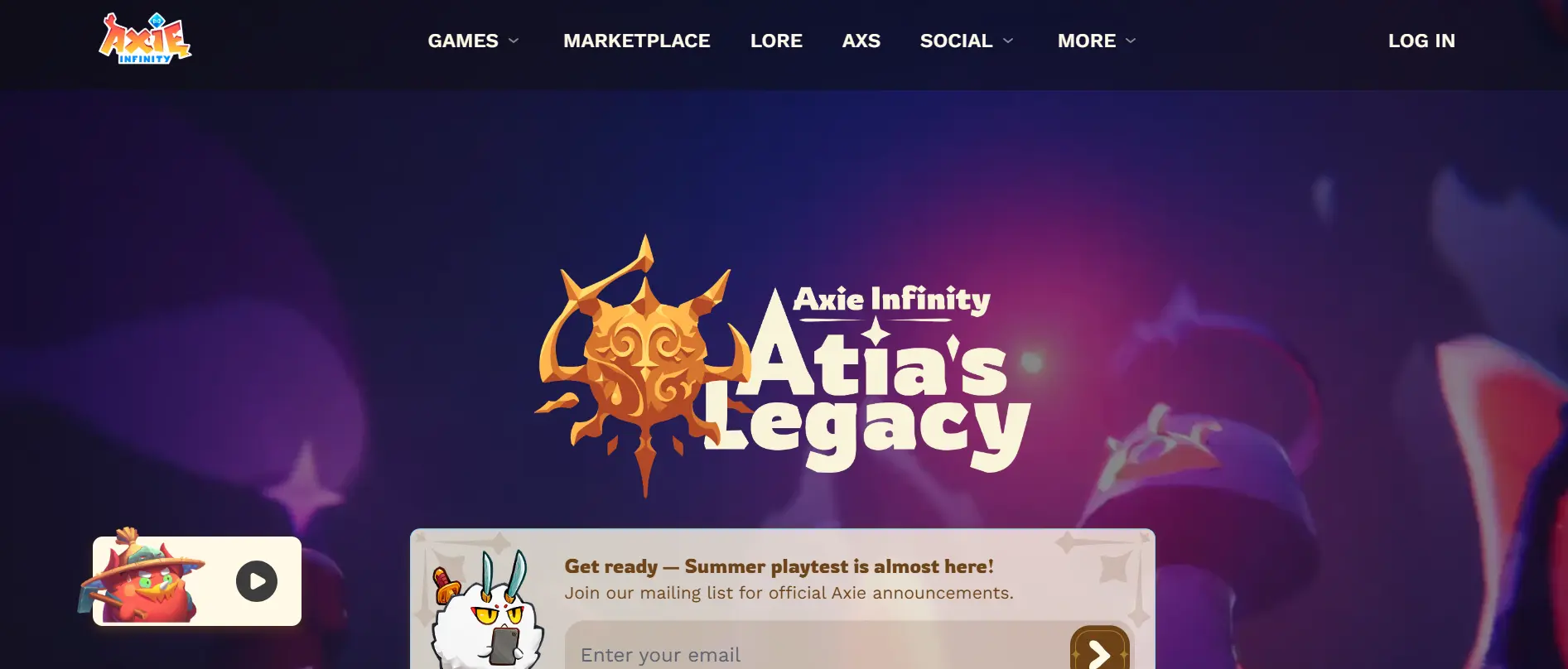
The Sandbox
The Sandbox is an Ethereum-based metaverse created in the form of a virtual world. The native SAND token allows players to acquire digital land, create their own experiences, and monetise their content. Landowners would be capable of renting or selling virtual land and being paid for the activity of the players. The title has creative development tools that allow the creation of games, characters, and in-game assets. It also unites the sphere of worlds and digital ownership to get rewarded through cryptocurrencies.
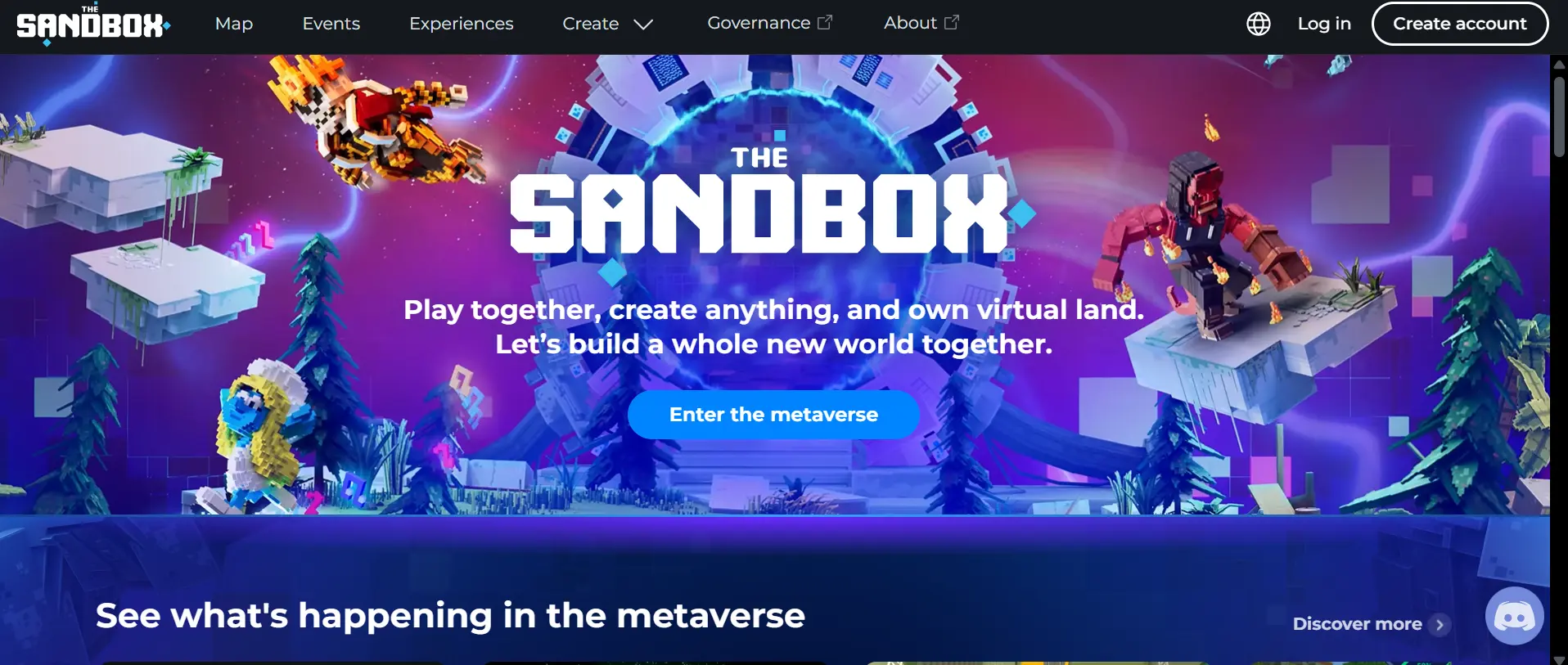
Gods Unchained
Gods Unchained is a free-to-play card game that allows participants to win rewards by taking part in skill-fights. All cards are NFTs and can be traded, sold, or owned beyond the game. The players get rewarded with the $GODS tokens that they can spend on governance or the acquisition of new cards. In contrast to conventional card games, the blockchain guarantees honesty and real asset possession. It is planned that the game will be designed by Magic: The Gathering alumni.
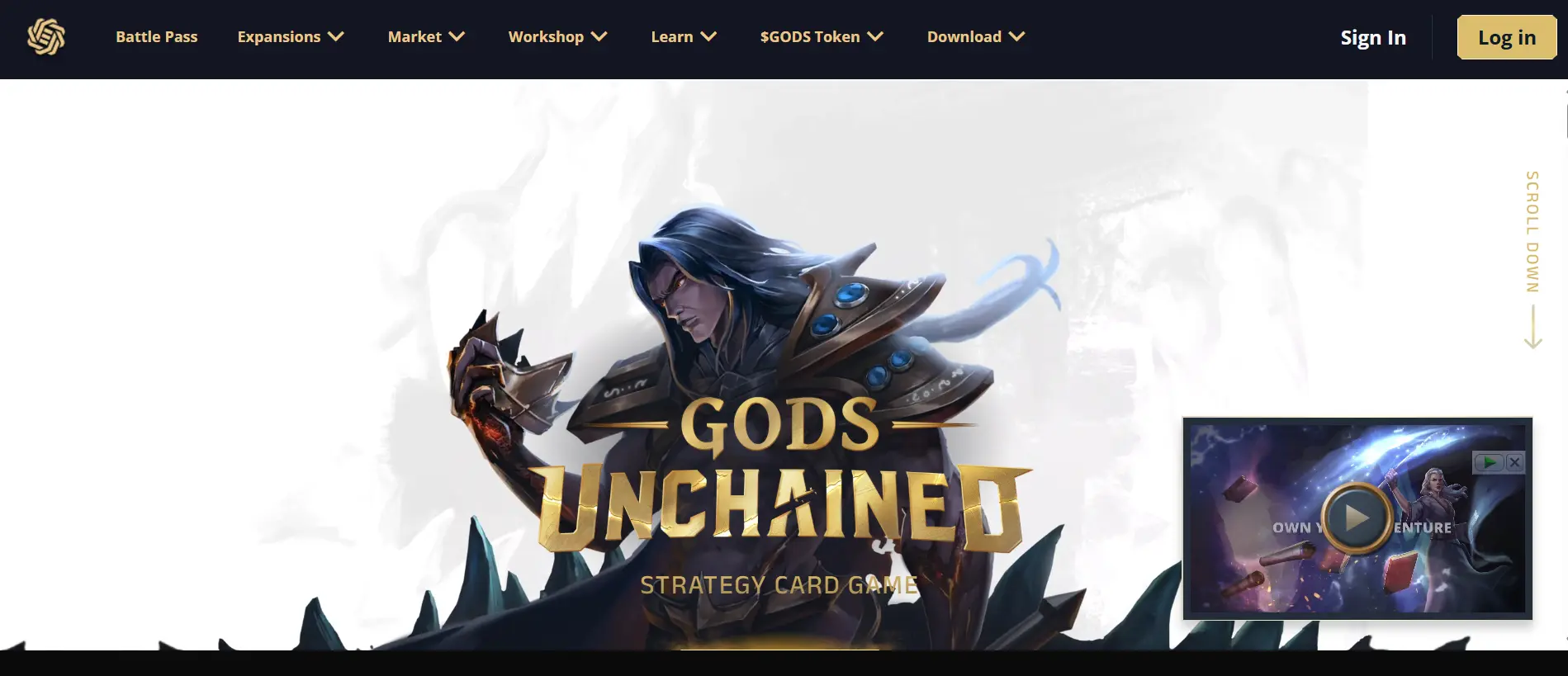
Splinterlands
Splinterlands is a play-to-earn trading card game based on the Hive blockchain. It supports ranked duels, tournaments, and daily challenges to win DEC tokens and rare cards. Cards are also NFTs, so they can be purchased, resold, or leased to earn passive income. The game enjoys a healthy, active community and an active rental system. Splinterlands is a game with a low barrier to entry and stable revenue.
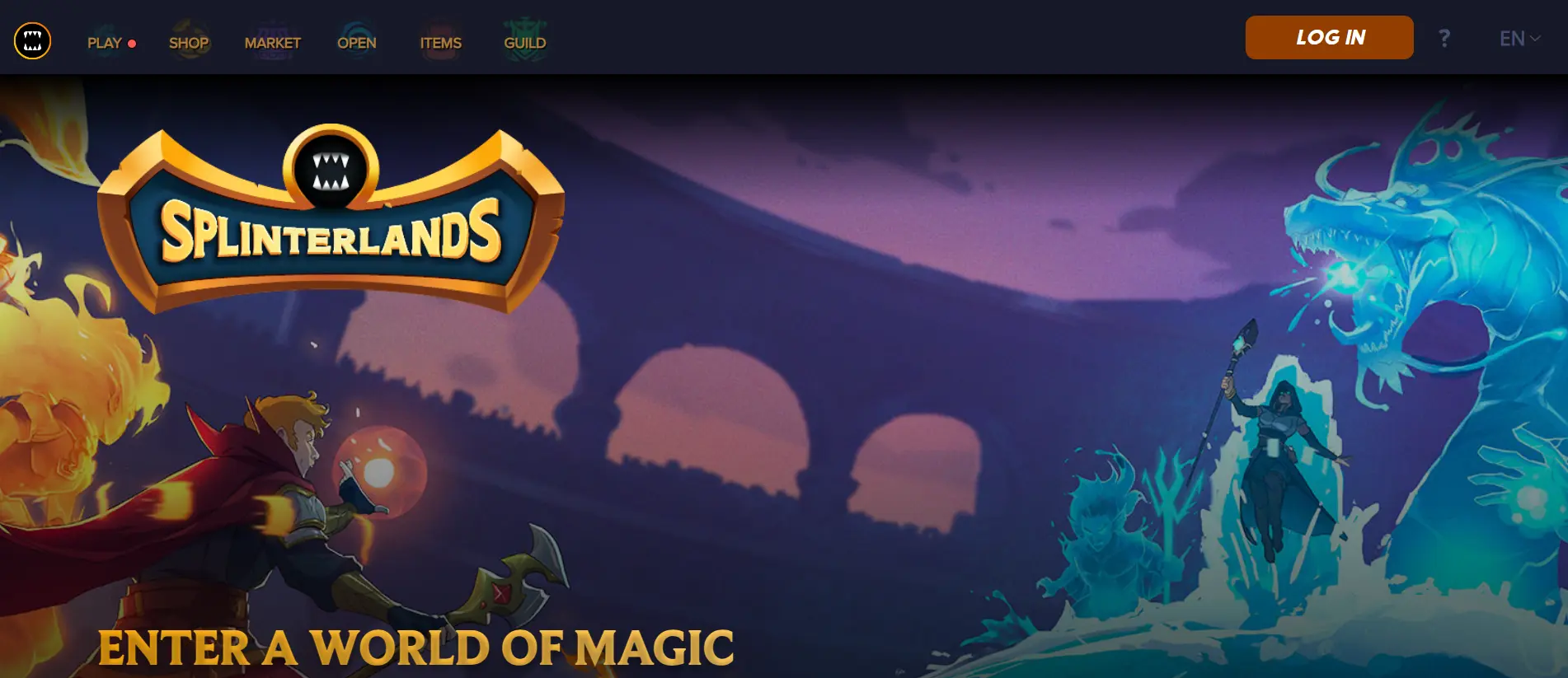
Skyweaver
Skyweaver is a browser-based card game NFT that applies strategy and skill. Players construct decks, play matches, and earn cards that they can trade as NFTs. The game has a free mode and a ranked mode, and those who are competitive are rewarded with crypto. Skyweaver is also distinguished by its cross-platform agility and low-hanging fruit. It is an attraction to game players that love the Hearthstone-type gameplay, but with the advantages of blockchain.
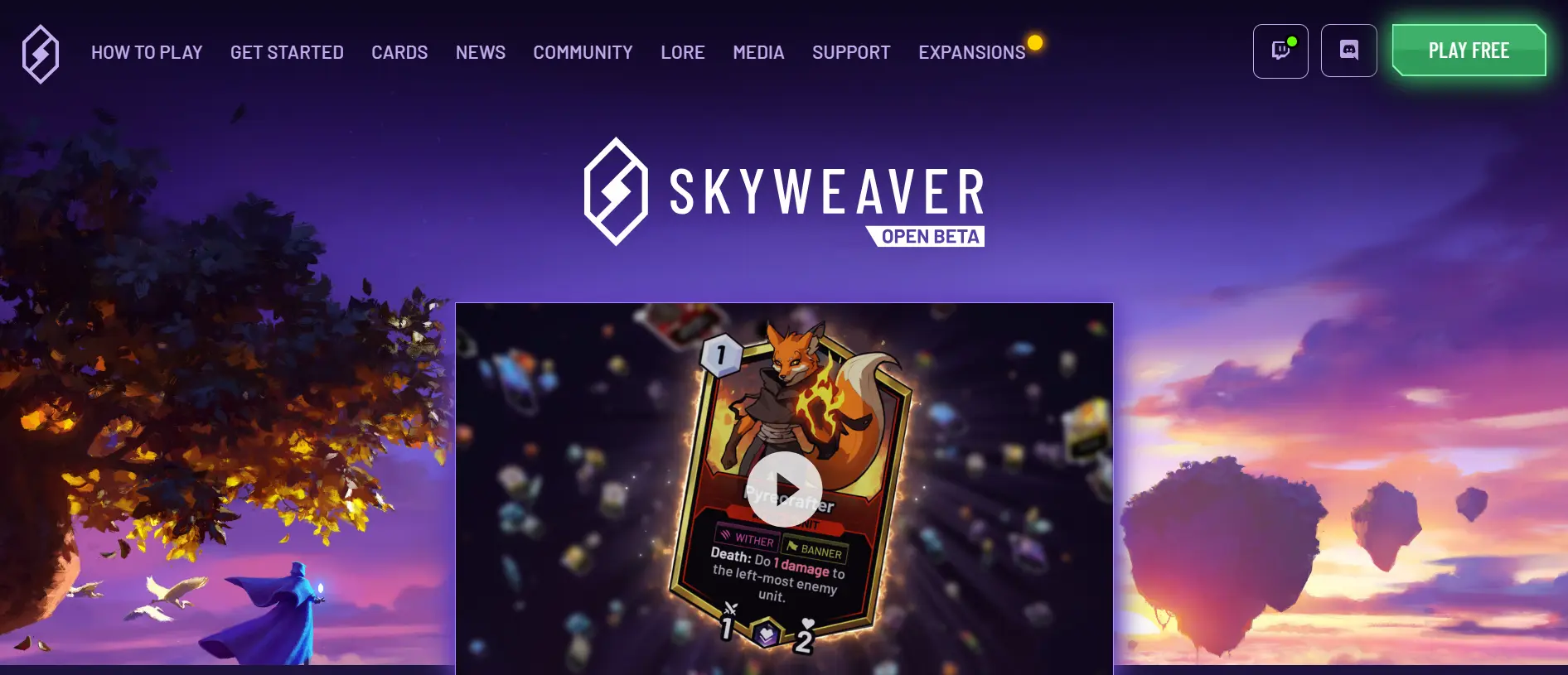
League of Kingdoms
League of Kingdoms is an online strategy massively multiplayer online game. Players construct kingdoms and enter into alliances, and battle in major resource battles. The game uses land NFTs, in which people earn passive income depending on the action. Tokens can be obtained by players in battles, agriculture, and power politics. It brings together classic strategy gaming and peer-to-peer-type blockchain-owned and governed governance.
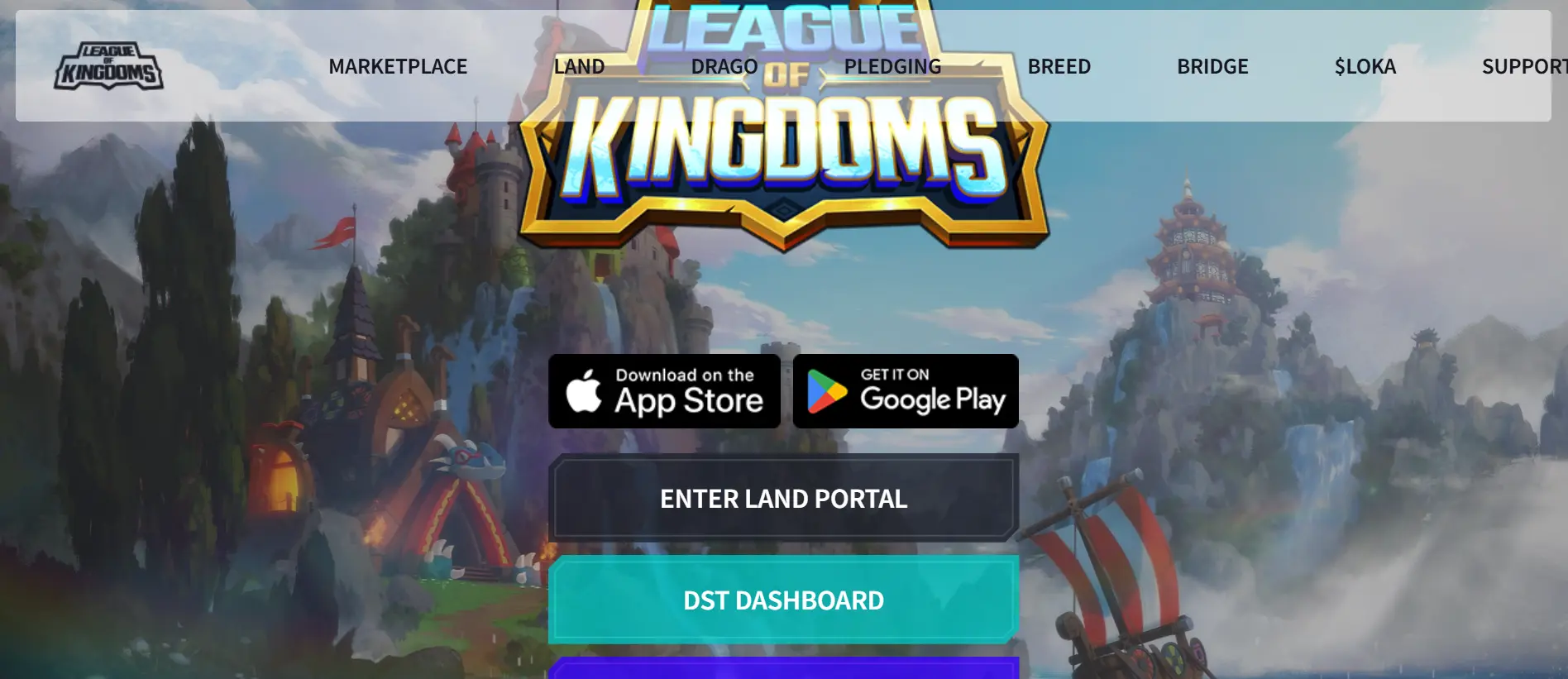
Blast Royale
Blast Royale is a battle royale video game based on blockchain technology. Users outfit characters with NFT items and play real-time games. The rewards are awarded according to performance, and goods are able to be exchanged in the secondary marketplace. The game accommodates play-to-earn features without sacrificing on competitive game. It is very quick, and the matches do not last very long, which makes it easier and enjoyable.
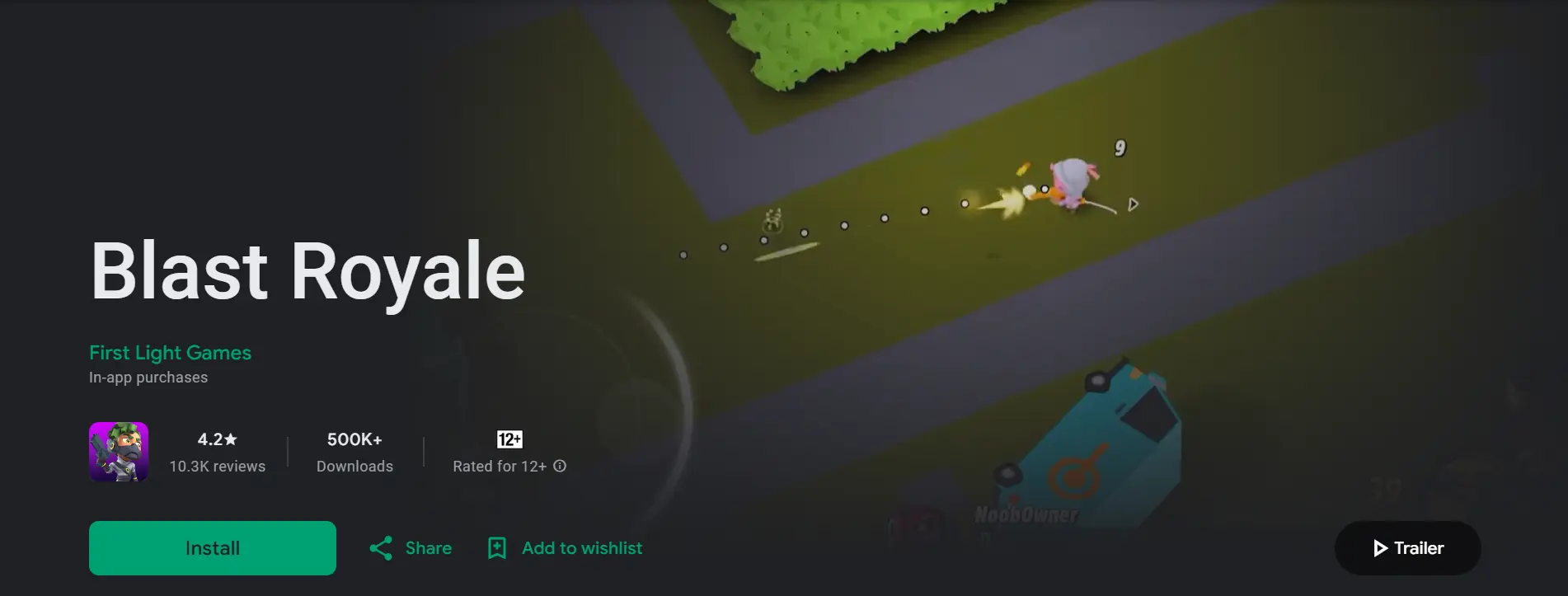
My Neighbor Alice
My Neighbor Alice is an online multiplayer building game in which the players build islands, cultivate resources, and accomplish missions. The economy related to this game is based on the ALICE token that a player can acquire by attending events and trading at the marketplace. Animals, furniture, and decorations are also in the form of NFTs. The game will focus on crypto as well as new gamers. Casual styling and the non-competitive play make it have a broad appeal.
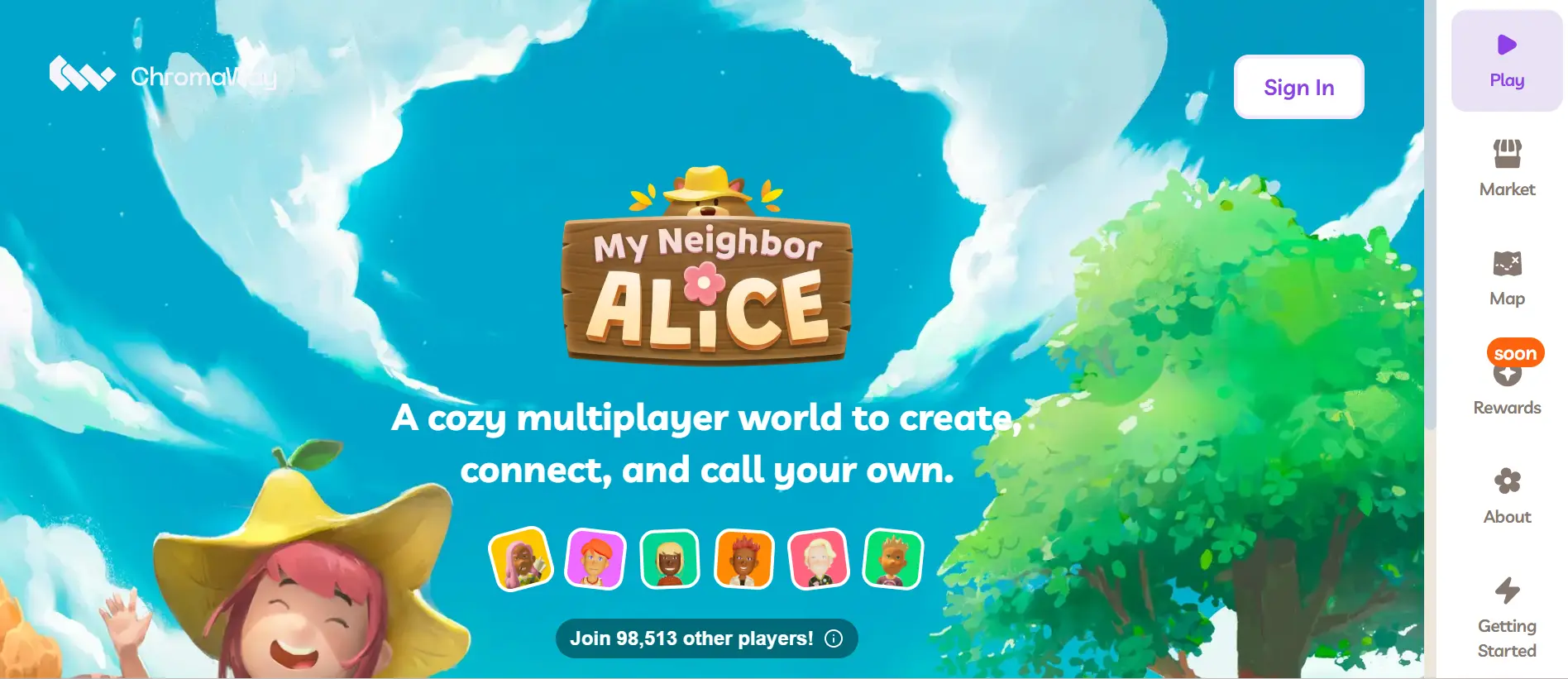
Forest Knight
Forest Knight is a turn-based mobile RPG made with a combination of fantasy battles and NFT profit. The players also have a chance to gather heroes, improve equipment, and complete campaign missions. The game consists of PvE and PvP, as well as there is an opportunity to obtain rewards in different ways. NFT is an embodiment of characters and objects, which can be exchanged or purchased. The game Forest Knight is simple to begin playing and has smooth gameplay progression as a casual mobile game.
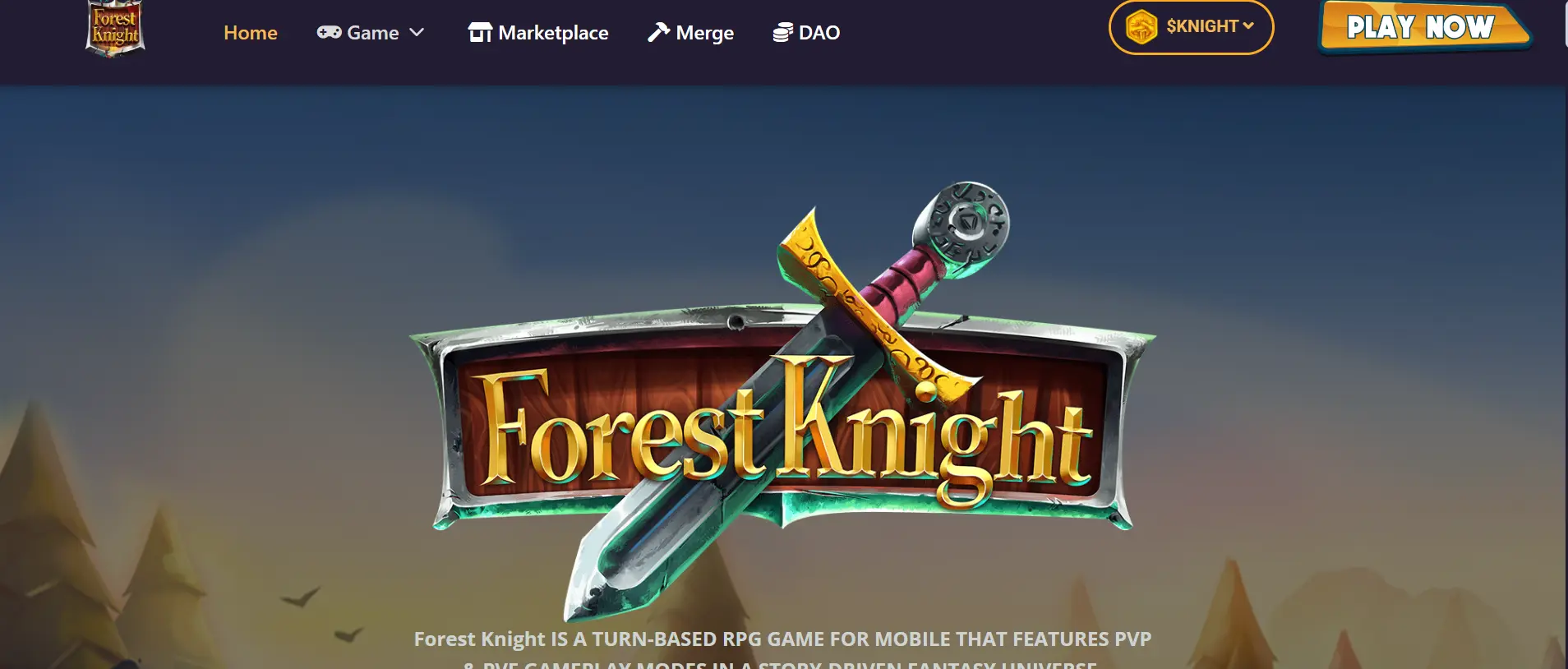
Play 2 Earn and the Metaverse
Single-game environments of Play 2 Earn games are changing. They come in many of them are currently part of expanded virtual ecosystems that have commonly become known as the metaverse. Within it, the players experience the virtual worlds, create virtual selves, and bring their stuff to a variety of platforms.
Virtual Worlds and Interoperability
Virtual worlds such as The Sandbox and Decentraland are not only games. They are similar to decentralized ecosystems, which allow the ownership of land, hosting of experiences, and asset trading through blockchain technology. The difference between these platforms is the ability to be able to use your NFTs, your avatars, or your currencies within many games or in many environments: that is, interoperability.
As an example, a digital item NFT bought in The Sandbox might be played in another game adapted to a metaverse. It is a form of shared economy that enhances the value and durability of assets.
Metaverse-Integrated P2E Economies
On a model incorporating the metaverse, players will have the ability to:
- Get the rewards in events and activities
- Sell e-real estate
- Construct in-game stores
- Sell to other users directly
Tokens that drive these economies are based on blockchain technology, which allows secure peer-to-peer transactions. It has decentralized ownership structures, as any player can have control over how and where they spend or earn.
GameFi and DeFi in Play 2 Earn Ecosystems
GameFi is the merger of games and decentralized finance (DeFi). It converts traditional gaming into a monetary platform where a player can invest, trade, and earn through the in-game tools and tokens.
Staking, Lending, and Yield Farming in Games
Most Play 2 Earn sites are adding DeFi functions, which incorporate:
- Staking: Gamers affirm tokens to keep the network and earn idle earnings
- Lending: Players lend out NFTs or tokens to others an interest charge
- Yield farming: Liquidity to in-game exchanges can be staked and rewarded to users
Such financial instruments enable the players to increase their holdings without engaging in active playing. It brings about the introduction of another level of strategy and investment in the gaming ecosystem.
Examples of GameFi-Enabled P2E Titles
Several games are driving this trend to GameFi:
- The Sandbox offers to stake SAND tokens in exchange to get returns and may vote in the governance process
- Axie Infinity presented AXS staking as a method of rewarding long-term players
- DeFi Kingdoms are a combination of RPG and liquidity pools and token swapping
- The League of Kingdoms has land ownership, which gives income depending on the activity of the players
Such games are a mixture of games and finance, as it is possible to receive the profits not only by playing but by investing as well.
Risks and Challenges of Play-to-Earn Games
Play-to-Earn (P2E) games present a lot of attractiveness in terms of earning, but in addition, they are associated with significant risks that must be adequately considered by individuals who decide to play these games. Such issues influence the sustainability, equity, and security of the whole ecosystem in the long term.
Volatility and Sustainability
The majority of P2E games are cryptocurrency and token-based economies. Such tokens tend to experience massive volatility in the markets. Any plunge in the price of a token could cut profits down to nothing and render that which had been profitable unplayable in the future. Also, the nature of rewarding players in most of the games is always uneven, thus failing to maintain any economic value. The economy can collapse in case too many rewards are given without sufficient value being introduced into the system.
Entry Costs and Barriers
Other highly popular P2E games involve an investment to get started. As an illustration, games such as Axie Infinity used to demand that players buy several NFTs, and only afterward could they earn. Such costs of entry may serve as a major obstacle to new users, at least in lower-income areas. Although there are programs involving scholarship and rental models, these do not address the very basic problem of many ecosystems that have high upfront costs.
Scams and Security Concerns
Malicious actors have also taken an interest in this active area in the form of blockchain gaming. Phony game releases, phishing, rug pulls, and corrupted smart contracts have cost players millions of dollars. Since the industry is still in its early stages and is frequently not formally regulated, a user may not easily find quality platforms. Inclusion in P2E games demands personal security levels and research on the same.
Regulatory Uncertainty
The regulation of cryptocurrency and digital assets all over the world is in a state of continuous change. Alternatively, some governments have censored or prohibited the use of such tokens, whereas the remaining are devising legal frameworks. Such ambiguity is likely to affect the availability and viability of the Play-to-Earn games. Problems that might arise are either restrictions by the developer or the gamers themselves, legal challenges, or shifting regulations of compliance, which might cause the unavailability of games and tokens.
Future of Play-to-Earn Games
Nonetheless, despite the current problems, the future of the Play-to-Earn (P2E) games is bright. Application developers and platforms are already toiling with the solution to these issues as far as economic sustainability, user experience, and ecosystem growth are concerned.
The developments that entail the future of P2E are:
Better token utility
Games are implementing in-game tokens beyond the rewards of the game. This entails spending, staking, governance, and crafting, making the economies more balanced and creating a greater demand.
Cross-game compatibility
NFT resources are now being planned to be ready to use in several games and channels. This also creates long-term value for player-owned items and less asset obsolescence.
AI and Metaverse Integration
Play-to-Earn games are starting to incorporate some form of artificial intelligence to make the game mechanics smarter and are also joining metaverse ecosystems where people can interact, build, and earn in common spaces.
Collaborations with other well-known game development studios
The integration of blockchain, even by established developers, is a possibility that may result in a set of more polished and scalable P2E games in the future.
Improved incentive schemes
A move is being made toward more sustainable earning models that are fair to the users and game longevity, that are balanced in terms of supply of tokens, etc.
Decentralized governance (DAOs)
Decentralized autonomous organizations might give more control to the players regarding the development of games and economic regulations, thus there would be more transparency and stability.
Provided that these advancements persist, the Play-to-Earn games may become a permanent facet of online economies all over the world. Given the rising interest by users in finding methods of monetizing their time online, a well-designed P2E ecosystem will become increasingly in demand.
“Thinking of a game concept? Take your idea and turn it into a high-level performance, revenue-ready game.”
Conclusion: Is Play 2 Earn the Future of Gaming?
Play-to-Earn is bigger than a trend, and it reflects a paradigm shift in playing, building, and monetizing games. P2E has the potential to overcome the legacy of the current model, where only the developers can profit from the user interactions by enabling them to earn real rewards, manage their assets, and take part in a decentralized economy.
It is, however, under the state on how well the developers can tackle the fundamental issues of sustainability, fairness, and security. Play-to-earn games that are more focused on long-term value, game quality, and balanced tokenomics will most likely be the next step of growth.
To the players, Play 2 Earn is a new field of opportunities to utilize time and talent to convert into money. To the developers and the investors, it provides a strong system for targeted communities to create sustainable communities.
Play 2 Earn can become a lasting addition to the international gaming sector in case of reasonably adopted, where value can be exchanged in both directions.
